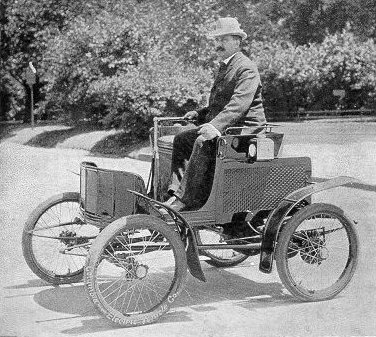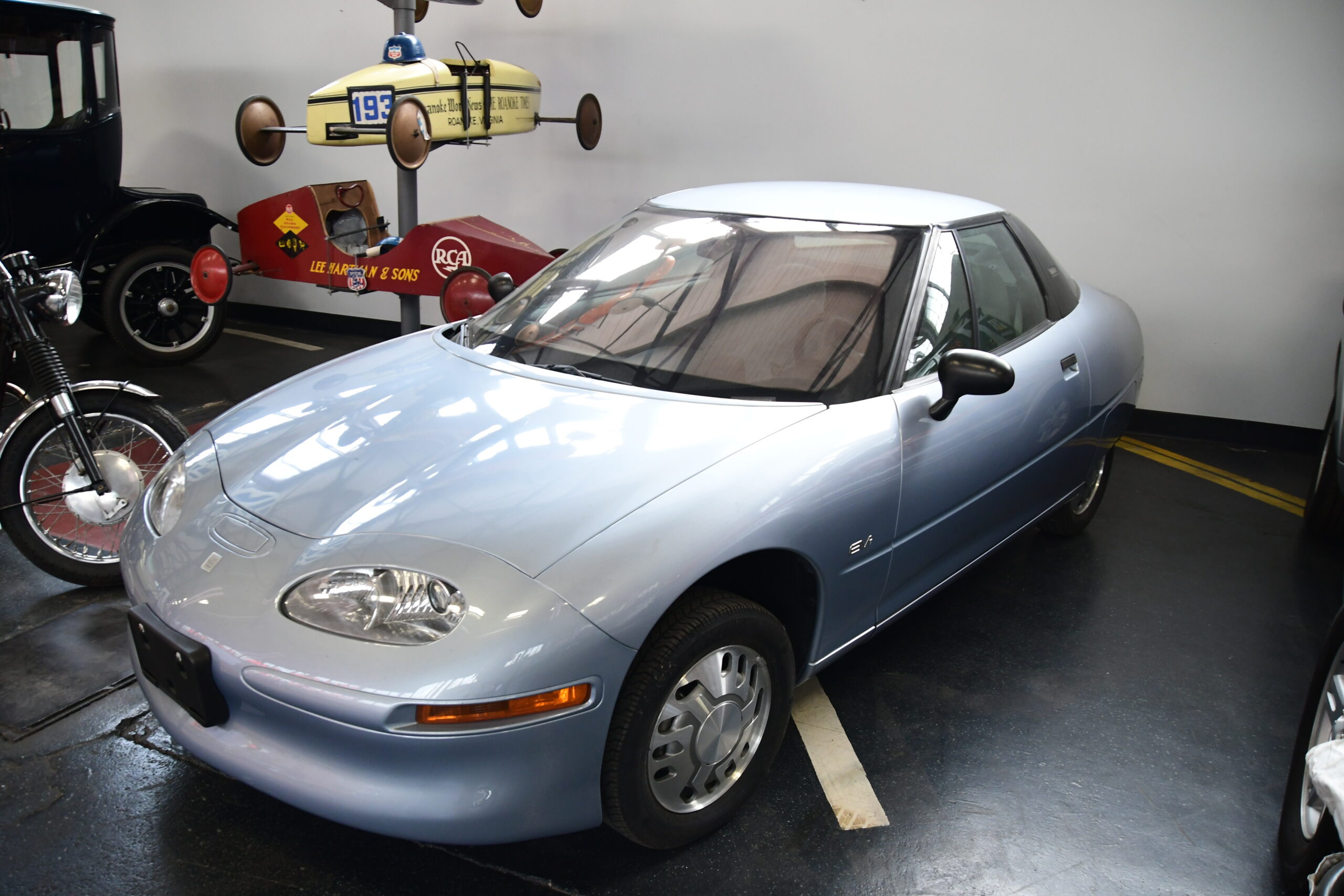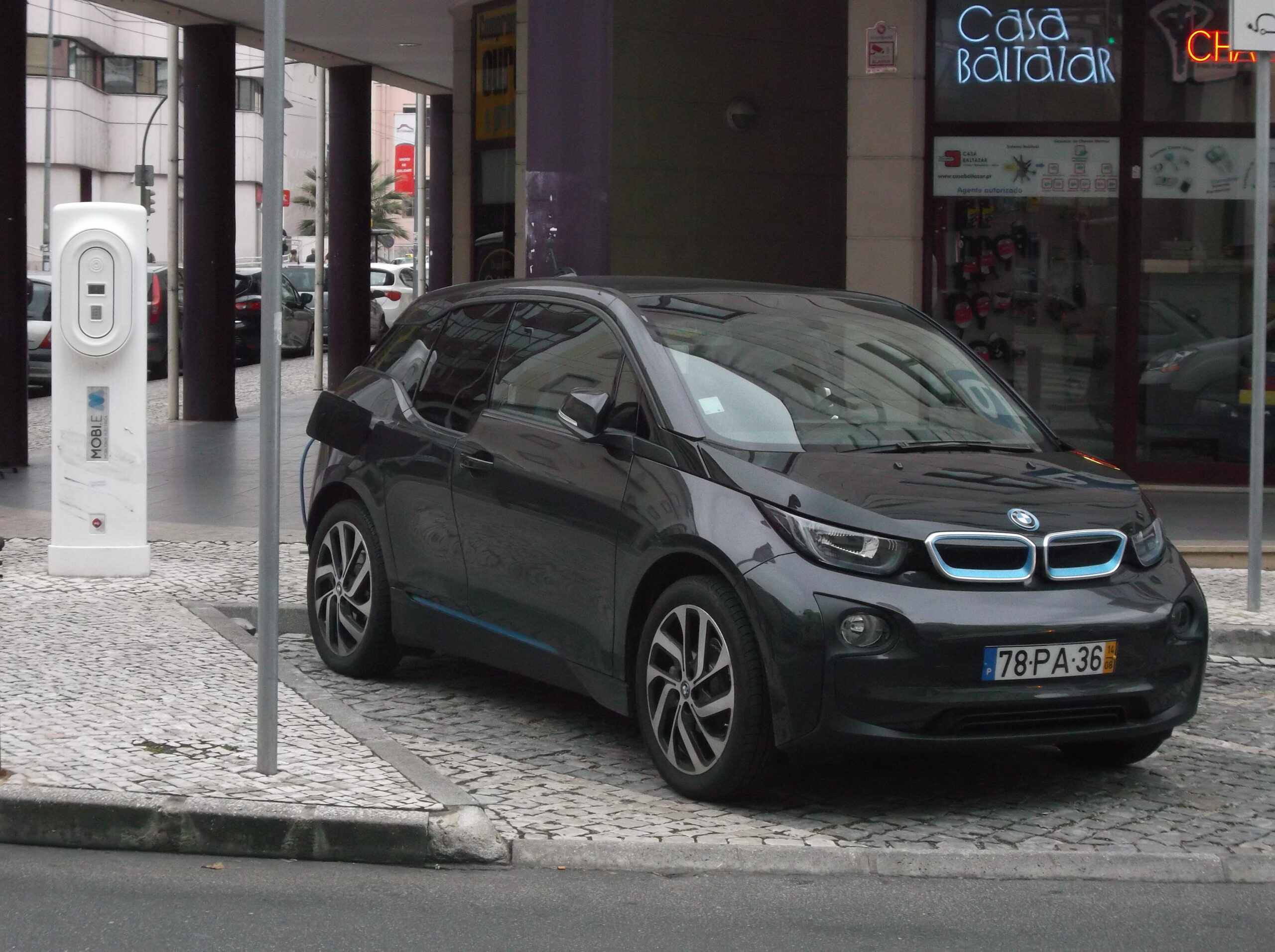Electric vehicles have come on a long journey, driven by innovation and a vision for a cleaner future. Early models laid the groundwork for today’s advanced EVs. Some sparked curiosity, while others shifted the auto industry’s direction. Each trailblazer brought unique features that shaped how we see electric cars today. From quiet beginnings to global adoption, these vehicles are true milestones. Let’s explore the ones that set the stage for the EV revolution.
1900 Columbia Electric Runabout

The Columbia Electric Runabout was one of the first commercially successful electric cars. It boasted a modest design, resembling a horse-drawn carriage but powered by electricity. This EV reached a top speed of 15 mph and had a range of about 30 miles, making it ideal for short urban trips. Built by the Electric Vehicle Company, it catered to the elite with its quiet operation and zero emissions. At the time, it competed directly with gasoline and steam-powered vehicles. Its simplicity made it a favorite among city dwellers seeking reliable transport. Though its production ended early, it set the stage for EVs to enter the public imagination.
1947 Henney Kilowatt

The Henney Kilowatt was a post-war effort to merge practicality with sustainable transportation. It combined a Nash Rambler body with electric components from Exide Battery Corporation. This compact EV could achieve speeds of up to 50 mph, appealing to urban commuters. Despite its forward-thinking design, it faced challenges with limited range and high production costs. The car aimed to address growing concerns about fuel shortages and pollution. While only a handful were sold, it proved that small electric cars could work for everyday use. Its influence on later compact EV designs remains undeniable.
1967 General Motors EV1 Prototype

The EV1 Prototype by General Motors was a bold step into electric mobility during the 1960s. Designed as part of GM’s experimental lineup, this car prioritized aerodynamics and energy efficiency. The sleek, futuristic design hinted at what electric vehicles could achieve. It used a lead-acid battery pack, which limited range but demonstrated proof of concept. Its development inspired further research into EVs within the auto industry. Though it never reached production, the prototype’s innovation paved the way for GM’s later EV1 release. It showed that electric vehicles could balance performance with sustainability.
1973 CitiCar by Sebring-Vanguard

The CitiCar was an unconventional and boxy EV designed during the 1970s oil crisis. Manufactured by Sebring-Vanguard, it focused on affordability and practicality. This small, wedge-shaped car could hit 30 mph and offered a range of about 40 miles. Its compact size made it perfect for crowded urban areas, while its simple design kept costs low. Although safety concerns limited its popularity, the CitiCar became one of the best-selling electric vehicles of its time. It sparked interest in personal EVs during a period when fuel efficiency was critical. The CitiCar remains a symbol of innovation during challenging times.
1996 GM EV1

The GM EV1 was the first mass-produced electric car from a major automaker. Its aerodynamic design and advanced engineering delivered an impressive range of 70-160 miles, depending on the battery type. This EV featured cutting-edge technology, including regenerative braking and an onboard charger. While it was only available through leasing, it gained a cult following among environmentally conscious drivers. Despite its eventual discontinuation, the EV1 proved that EVs could perform on par with gasoline cars. It also ignited debates about the future of sustainable transportation, leaving a lasting legacy in the automotive world.
2008 Tesla Roadster

The Tesla Roadster revolutionized EVs by combining electric power with sports car performance. Based on the Lotus Elise, this sleek car could accelerate from 0 to 60 mph in under 4 seconds. Its lithium-ion battery provided a groundbreaking range of over 200 miles per charge, changing perceptions of EV practicality. Tesla’s bold marketing and innovation brought electric cars into the mainstream conversation. The Roadster inspired a new wave of automakers to invest in EV technology. Its success marked the start of Tesla’s journey as a leader in electric mobility. The Roadster proved that EVs could be both exciting and efficient.
2009 Mitsubishi i-MiEV

The Mitsubishi i-MiEV was a compact and affordable electric vehicle for city driving. It featured a lightweight design and could travel up to 62 miles on a single charge. Its small size allowed for easy parking, making it popular in crowded urban areas. The i-MiEV included modern features like air conditioning, power steering, and regenerative braking. Mitsubishi marketed it as a practical and eco-friendly alternative to gas-powered cars. Despite its limited range, it helped expand the EV market globally. The i-MiEV remains an important milestone for affordable electric transportation.
2010 Nissan Leaf

The Nissan Leaf became a global sensation as the first mass-market EV with broad appeal. Its practical hatchback design offered comfort and space for families. Powered by a 24 kWh lithium-ion battery, it provided a range of around 73 miles, which later improved in newer models. The Leaf introduced features like remote climate control and navigation, tailored for eco-conscious drivers. Its affordability and low running costs made EVs accessible to a wider audience. As a pioneer in mainstream EV adoption, the Leaf demonstrated that electric cars could fit seamlessly into everyday life. It continues to lead the charge in sustainable mobility.
2010 Chevy Volt

The Chevy Volt blended electric and gasoline power with its revolutionary plug-in hybrid design. It offered an all-electric range of 35 miles, followed by a gas-powered generator extending the range to over 300 miles. This unique setup eased range anxiety for early EV adopters. Its sleek design and modern interior made it appealing to mainstream buyers. Chevy marketed the Volt as a practical option for sustainable driving without compromises. It also featured regenerative braking and energy-efficient engineering. The Volt became a key player in bridging the gap between traditional and fully electric vehicles.
2012 Tesla Model S

The Tesla Model S redefined electric luxury with its long range and impressive performance. It could travel over 300 miles per charge, setting a benchmark for EV range. The sleek sedan design combined modern elegance with cutting-edge technology. Drivers praised its rapid acceleration, reaching 0-60 mph in just a few seconds. Features like over-the-air updates and Autopilot showcased Tesla’s innovative spirit. The Model S proved that electric cars could outperform gasoline models. It remains a cornerstone in the EV market’s success story.
2014 BMW i3

The BMW i3 brought futuristic design and sustainability to urban EVs. Its lightweight carbon-fiber-reinforced plastic body offered improved efficiency and durability. With a range of up to 150 miles in newer versions, it catered to city drivers. The minimalist interior featured eco-friendly materials like recycled plastics and natural fibers. Its small size and nimble handling made it perfect for crowded streets. BMW also introduced a range extender option to ease longer trips. The i3 stood out as an eco-conscious yet premium EV.
2015 Chevy Bolt

The Chevy Bolt marked a major milestone with its affordable long-range design. It offered an all-electric range of over 200 miles, making EVs accessible to the masses. The spacious hatchback design provided ample room for passengers and cargo. With fast-charging capabilities, it catered to busy lifestyles. Chevy packed it with advanced features like a digital driver display and smartphone integration. The Bolt proved that practicality and sustainability could go hand in hand. It set a new standard for budget-friendly EVs.
2016 Tesla Model X

The Tesla Model X combined electric power with bold design and unmatched versatility. Its iconic falcon-wing doors gave it a futuristic edge. Offering a range of up to 300 miles, it delivered impressive performance for an SUV. Advanced features like Autopilot and a 17-inch touchscreen enhanced the driving experience. The Model X could seat up to seven, making it ideal for families. Its dual-motor all-wheel-drive system ensured excellent handling and traction. Tesla proved that EVs could excel in the luxury SUV market.
2018 Jaguar I-PACE

The Jaguar I-PACE introduced high performance and sleek design to electric SUVs. It featured a dual-motor setup with 394 horsepower, delivering thrilling acceleration. With a range of over 230 miles, it balanced performance with practicality. The I-PACE boasted a premium interior, blending luxury materials with cutting-edge tech. Jaguar’s innovative thermal management system optimized battery efficiency. Its bold design stood out in the growing EV market. The I-PACE demonstrated that traditional automakers could rival EV pioneers.
2019 Audi e-tron

The Audi e-tron brought refinement and advanced engineering to the electric SUV segment. It offered a range of up to 222 miles, supported by fast-charging capabilities. Audi’s signature Quattro all-wheel drive ensured stability and control in various conditions. The e-tron’s spacious, tech-filled interior provided a luxurious ride. With regenerative braking and active thermal management, it maximized energy efficiency. Audi emphasized seamless integration into everyday life with its charging network. The e-tron showcased how established brands could embrace electric innovation.
2020 Porsche Taycan

The Porsche Taycan delivered electric performance with sports car precision. Its dual-motor system offered blistering acceleration, reaching 0-60 mph in under 3 seconds. The Taycan’s 800-volt architecture enabled ultra-fast charging, minimizing downtime. With a range of up to 227 miles, it proved practical for daily use. Porsche crafted a luxurious interior with advanced digital displays and sustainable materials. Its precise handling and dynamic design set it apart in the EV market. The Taycan showed that electric cars could embody Porsche’s racing heritage.
This article originally appeared on Rarest.org.
More from Rarest.org
14 Oldest Disney Movies Ever Made

Some models prove that age is just a number. Around the world, a few extraordinary individuals redefine beauty standards by embracing their timeless appeal. Read More.
10 Oldest Coins that Ever Existed

Coins are some of the earliest tools of commerce, carrying symbols and values that connect us to ancient civilizations. Read More.
12 Futuristic Electric Cars Leading the Charge in Innovation

As the automotive industry rapidly shifts toward cleaner, smarter vehicles, a new wave of futuristic electric cars is redefining what’s possible on the road. Read More.
